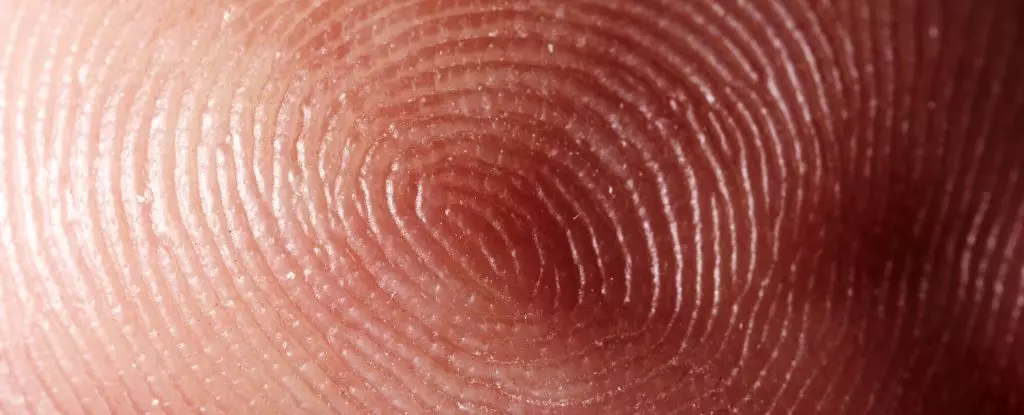In a groundbreaking revelation, researchers from the University of Massachusetts Amherst have unveiled a profound and previously unrecognized facet of cellular communication within the human body. Traditionally, when discussing the body’s intricate networks of signaling, attention has predominantly been on the role of neurons—the sophisticated messengers responsible for the immediate responses we experience, such as reflex reactions or the rhythmic beating of the heart. However, the recent discovery of bioelectrical signaling among epithelial cells—the primary constituents of our skin and organ linings—introduces a significant paradigm shift that could redefine our understanding of cellular interactions and their implications for medicine.
The premise is intriguing: while neurons communicate with rapid, high-speed impulses, epithelial cells are revealed to employ a much slower yet persistent form of signaling, likened to a ‘scream’ under distress. This description, courtesy of researcher Steve Granick, captures the essence of how these cells respond to injury. Instead of a swift jolt, they project signals visibly across larger distances at a leisurely pace, creating a unique form of dialogue among cells that has, until now, been largely overlooked in scientific discourse.
The Experiment: Shedding Light on Epithelial Responses
The research team’s innovative approach involved the construction of a specialized system to evaluate the communication dynamics of epithelial cells in real-time. Utilizing a chip embedded with an array of sixty electrodes and coated with keratinocytes—cells that form the outer layer of skin—the scientists were able to mimic a damaging stimulus by employing a laser to “sting” the layer. The subsequent electrical shifts in responses were recorded, capturing the essence of this slow-motion communication that resembles a drawn-out conversation, rather than a mere alert signal.
What surfaced from this experiment poignantly illustrates that the electrical responses traveled at approximately 10 millimeters per second, with some signals reaching several hundreds of micrometers from the injury site. Such distances and speeds reinforce the potency of this minimalist form of signaling, highlighting the complexity of cellular interactions at play in the wake of wounding. The comparison drawn to the calcium signaling observed in plants bolsters the significance of this discovery, depicting a synergy across life forms once presumed disparate.
Ion Channels: The Silent Architects
Central to this newly unveiled communication mechanism are ion channels, crucial gateways in cell membranes that regulate the influx and efflux of charged particles. Specifically, the epithelial cells engage these channels in response to mechanical stimuli, fundamentally distinguishing their signaling patterns from the electrically wired pathways of neurons. This distinction is vital, particularly as it opens conversations around how different cellular environments impact signaling, revealing a rich tapestry of complexity hidden behind the simplicity of cell layers.
These epithelial signals also boast incredibly prolonged durations, with some interactions sustaining for hours—far longer than the fleeting exchanges typical within neural networks. The intricate cycling of these signals mirrors neuronal communication phases, suggesting an underlying shared language predicated on electrical activity, yet executed with a distinctly slower rhythm.
The Road Ahead: Exploring Biomedical Innovations
While the implications of these findings shed light on the cellular universe, they also beckon further inquiry into their potential applications, particularly within biomedicine. Imagine the next generation of medical devices that could harness these prolonged signals for therapeutic purposes. Innovations such as electronic bandages or wearable sensors could transform patient care, enabling more responsive and efficient healing processes by amplifying these natural, bioelectrical communications.
As Steve Granick aptly summarizes, the awareness of these ‘screams’ from epithelial cells introduces uncharted territory for pharmacological and medical innovations. With a deeper understanding of how these cells transmit distress signals, scientists are presented with the tantalizing possibility of engaging with the body’s natural systems to enhance healing and recovery, thus fostering a more oriented approach to healing that respects and utilizes biological imperatives.
In a world increasingly driven by technological advancements, the discovery of these slow yet potent cellular signals invites us to rethink not only the anatomy of communication in living organisms but also the very principles guiding modern medical interventions. The silent screams of epithelial cells may indeed be the next frontier in the quest for a deeper understanding of bodily resilience and restoration.

